(464 products available)

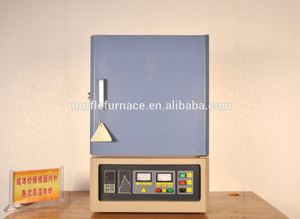



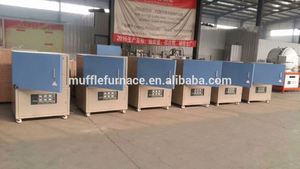





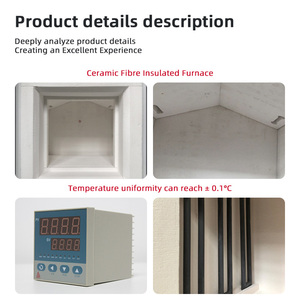
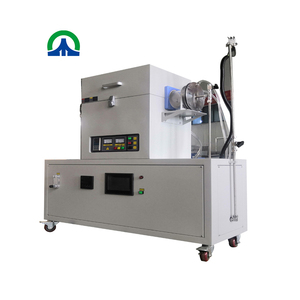












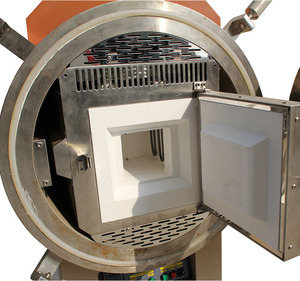

















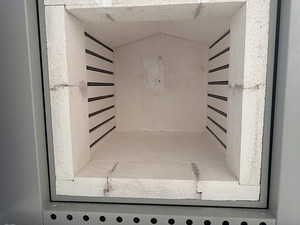



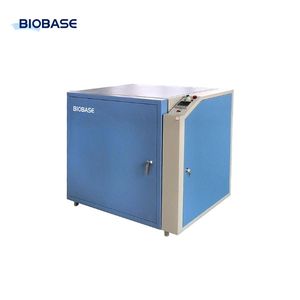




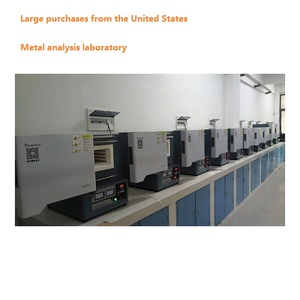





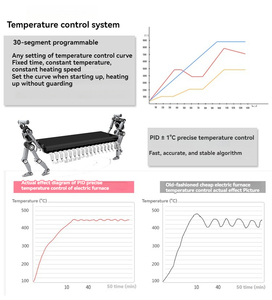

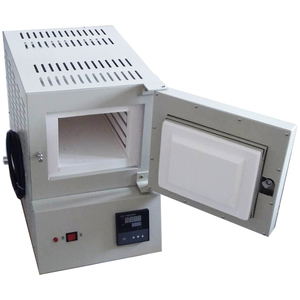





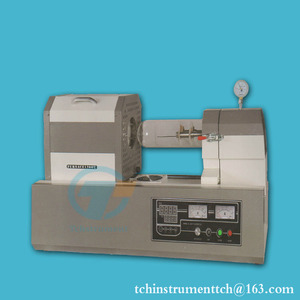
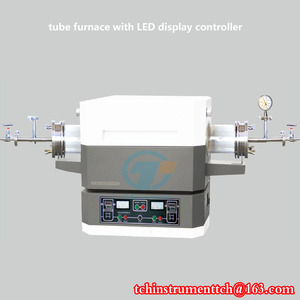

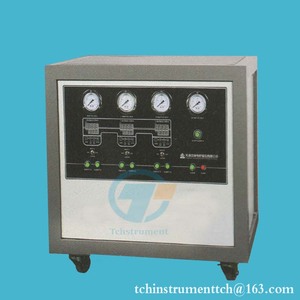






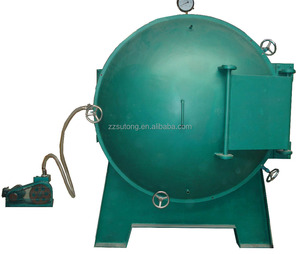
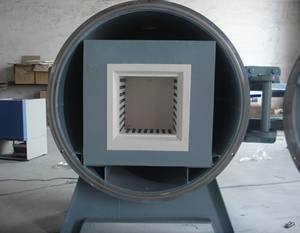

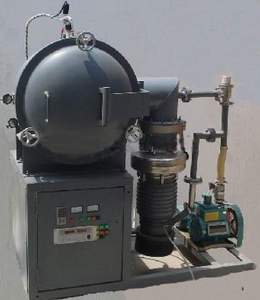
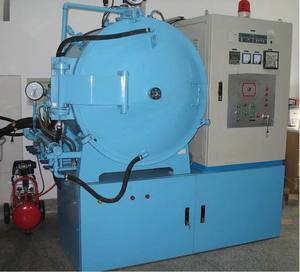







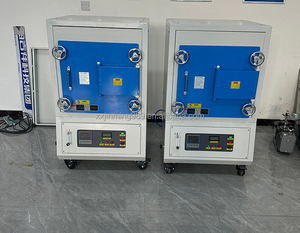
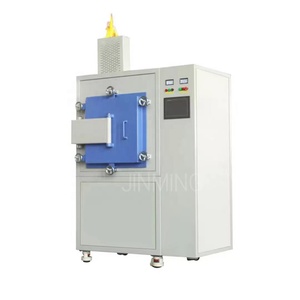








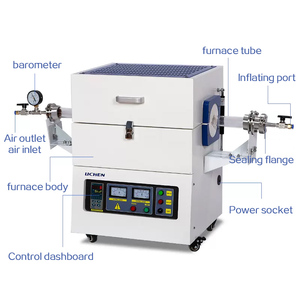

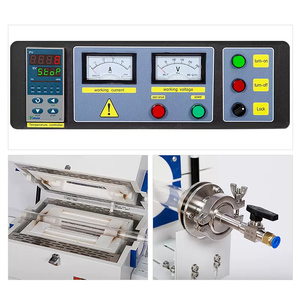





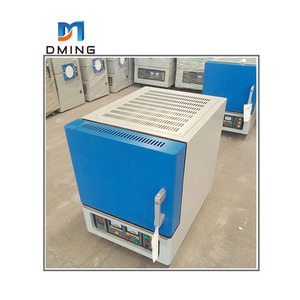
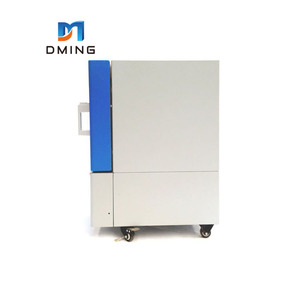








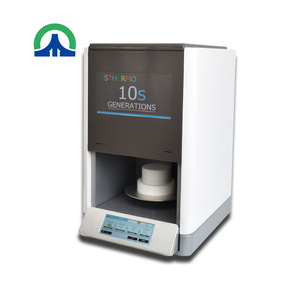
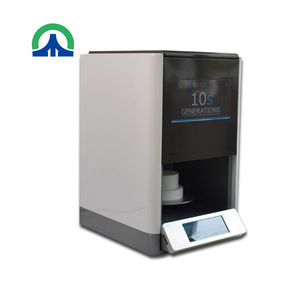





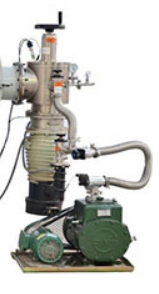











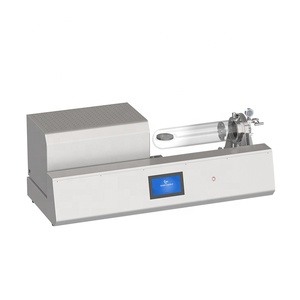







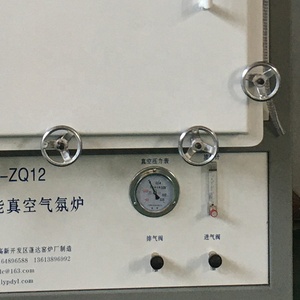






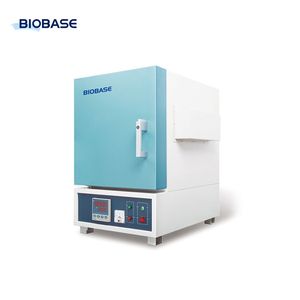

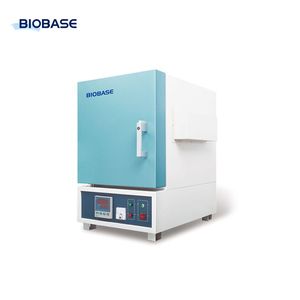

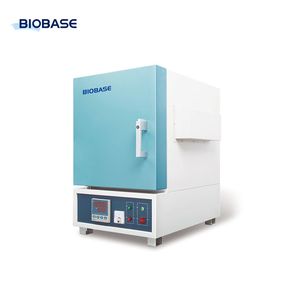








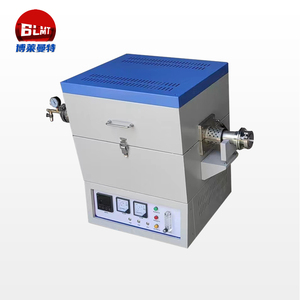


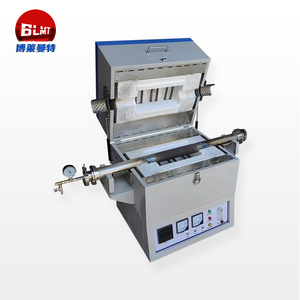




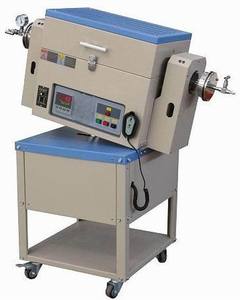
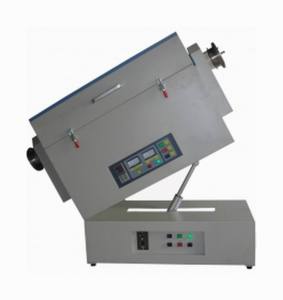


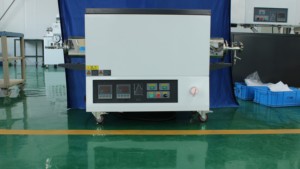
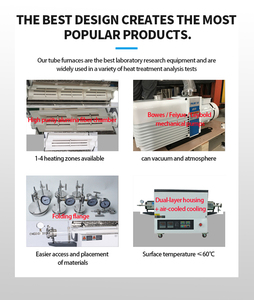


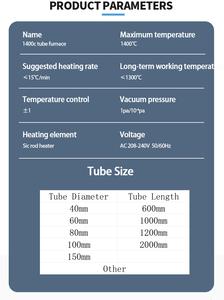




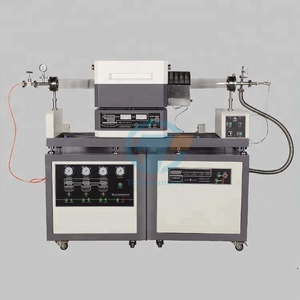






Vacuum lab programmable annealing furnace
This type of furnace can provide a stable and safe environment for the sample by creating a strong vacuum inside the furnace or by purging inert gas. The absence of oxygen in the atmosphere prevents oxidation from occurring, which makes it possible for the substance to be processed to have a high level of purity and a low level of contamination.
Air lab programmable annealing furnace
An air lab furnace is a kind of apparatus that can be ventilated to the outside air, which means that the annealing process of the material can be carried out in an oxidizing atmosphere. This provides the material to be treated with the opportunity to anneal in an oxidizing atmosphere, thereby improving the mechanical properties and the chemical properties of the material, such as the corrosion resistance and the oxidation resistance of the material.
Induction heating lab programmable annealing furnace
The operation of an induction heating annealing furnace is based on electromagnetic induction, which generates heat in the metal itself. The heating method is rapid and uniform, which provides accurate temperature control for the metal annealing process. This kind of furnace can effectively reduce the metal distortion caused by the welding and improve the machinability of the material.
Resistance heating lab programmable annealing furnace
The resistance heating furnaces are sometimes also called electric heating furnaces. It heats the material annealing through the resistivity of the material itself. The electric current passes through the material to generate heat. This type can provide the stable and constant temperature required for the annealing process, as well as the precise control of the annealing time.
Temperature accuracy and control:
The furnace has programmable temperature control with an accuracy of ±1 °C. Setting, monitoring, and controlling the heating rates and holding temperatures in the furnace is fast and easy.
Heating rate:
This kind of furnace has different heating rates. It can heat materials at a rate of 1 to 20 °C per minute to achieve the desired annealing effects. It is easy to control how quickly samples are heated in the furnace.
Cooling method:
The furnace offers natural cooling or forced cooling using a water-cooled jacket or cooling fan. The forced cooling method shortens the cooling time for samples and speeds up the overall process.
Safety features:
Safety features, such as over-temperature cut-off, emergency stop buttons, and door locks, are included in the design of the furnace. These features ensure the safety of both users and the equipment itself while it's operating at high temperatures.
Regular inspections:
Users should check the outer housing, door, and locking mechanisms of the furnace at regular intervals to ensure they are not loose, worn, or damaged. After the inspection, they should make the necessary adjustments and repairs as needed to maintain the integrity of the furnace and use it safely.
Cleaning:
Cleaning the furnace is a critical maintenance task. Users can remove the inner chamber and heating elements of the furnace, and then wipe the interior and its accessories with a dry or slightly damp cloth. Doing this can effectively remove impurities, dust, and residues. It is important to ensure that no moisture is left inside the furnace after cleaning to prevent electrical issues or equipment malfunctions.
Calibrating temperature controllers:
Users should regularly calibrate the furnace temperature controller to ensure accurate temperature control and stable repeatability of the furnace's annealing processes. During the calibration, users should compare the temperature displayed by the controller with a standard thermometer, and then adjust the parameters of the controller according to the calibration results.
Updating software:
If the lab furnace has software or firmware, users must periodically update it to ensure that the furnace possesses the latest features and optimally functioning performance. Users can contact the equipment manufacturer or authorized service provider to obtain the relevant software or firmware, and then follow the provided instructions to complete the update.
Lab programmable annealing furnaces perform various tasks in different industries as materials heat-treatment tools. Here are some usage scenarios where these furnaces come in handy:
Metallurgy and Material Science Research
Scientists use lab programmable annealing furnaces to conduct metallurgy and material science research. They use the device for the controlled heat treatment of metal alloys to study their behavior, mechanical properties, and phase transformations. Also, the furnace aids the exploration of new material combinations to enhance their properties for various applications.
Metallic Material Annealing
Researchers can use the lab programmable annealing furnace to increase metallic materials' ductility, workability, and toughness by controlling the heating and cooling processes. They achieve this by precisely adjusting the temperature and duration for each material, according to its specific composition and structure. As a result, the furnace enhances the material's quality and performance for future use in various scientific and industrial applications.
Ceramic Sintering
Lab programmable annealing furnaces are vital for ceramic materials' lab-scale sintering experiments. When used in these experiments, the devices help reduce porosity, enhance mechanical strength, and improve overall material density. In addition, the furnaces precisely control the temperature and dwell time during the sintering of ceramic samples. As a result, they enable researchers to optimize processing parameters and investigate the relationship between microstructure and properties in ceramics.
Electronic Components Fabrication
Lab programmable annealing furnaces play a key role in the fabrication of electronic components like semiconductors, resistors, and capacitors. The electronic materials undergo heat treatment in these devices to achieve desired electrical properties, such as impurity activation, defect healing, and dopant diffusion missions. Thanks to the precise temperature control of the furnace, it enables the optimal control of these heat treatment steps, ultimately improving the performance and reliability of electronic devices.
Thin Film Review
In metal thin film deposition for different substrate materials, the lab programmable annealing furnace aids film crystallization, defect reduction, and adhesion improvement. The furnace also enhances the quality and structural integrity of the thin films when it regulates the annealing temperature and time in the furnace precisely to optimize the films' growth and properties.
Biological and Biomaterial Applications
Lab programmable annealing furnaces aren't limited to metal, ceramic, or thin films. They also find application in the biological and biomaterial fields. The devices facilitate the development and modification of biomaterials like scaffolds, hydrogels, and composites for tissue engineering and regenerative medicine. As a result, the furnace improves material biocompatibility, chemical features, and structural properties by controlling the annealing of these biomaterial components.
Consider the temperature range and control:
Select a furnace with an appropriate temperature range for the desired annealing process. Look for models with precise programmable temperature control, enabling the user to set and maintain specific annealing temperature profiles.
Evaluate the heating elements:
Choose a furnace with suitable heating elements, such as resistance wire or ceramic elements, that provide even heating and uniform temperature distribution throughout the annealing chamber.
Examine the insulation and construction:
Opt for a furnace with effective insulation and durable construction materials to minimize heat loss, maintain stable temperatures, and ensure energy efficiency during the annealing process.
Assess chamber size:
Consider the size and capacity of the annealing chamber to accommodate the specific sample dimensions and quantities that users need to anneal.
Temperature profile and ramp rates:
Evaluate safety features:
Select a furnace equipped with safety features, such as over-temperature protection, emergency shut-off switches, and proper ventilation, to ensure safe operation during the annealing process.
Check for certification and compliance:
Ensure the chosen annealing furnace complies with relevant industry standards and safety certifications, indicating that it meets the necessary quality and safety requirements for laboratory use.
Q1 Which types of metals need annealing?
Steel does undergo annealing because this process increases its ductility, making it less prone to shattering when exposed to force. Also, copper and titanium are examples of metals that get annealed to improve machinability and relieve internal stresses. Other examples include brass, carbides, wrought iron, chromium alloys, Inconel, stainless steel, and metal alloys.
Q2 What is the trend in the annealing furnace market?
The global annealing furnace market is trending upward, with an estimated market size of $111.13 million in 2022. It is expected to reach $132.81 million by 2028, with a growth rate of 2.74% CAGR. The increase in demand for stably heated and high-production furnaces across various industries like steel, automotive, and pipeline is driving the upward trend in the market.
Q3 What is the benefit of using a programmable furnace?
The benefit of a lab programmable annealing furnace is that it allows precise control over temperature and time for the annealing process. It enhances the repeatability and consistency of experimental results. It improves the durability of the furnace because without a programmable system, the manual input can be so rough and can easily damage the furnace. Moreover, safes users from risks of overheating or underheating whatever material is in the furnace.
Q4 What are some other methods of metal annealing?
The metal can be annealed quickly in the open air by heating to the required temperature. Another method is controlled annealing, where precise temperature control and slow cooling rates are used to achieve the desired mechanical properties. The furnaces used for this method are often called tempering or stress-relief annealing furnaces. Selective annealing is yet another method where only specific parts of the metal are heated and cooled to retain desirable physical properties.